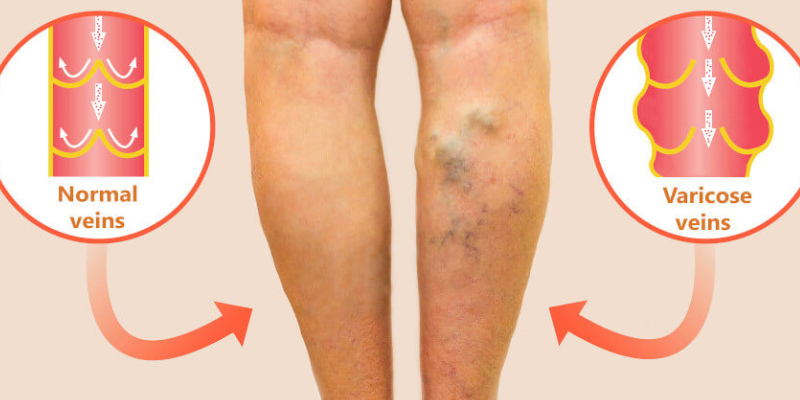
Varicose Vein Treatment
Varicose vein treatment involves a range of medical and surgical procedures designed to address swollen, twisted veins that typically appear on the legs and feet. These veins develop when valves within the veins weaken or fail, causing blood to pool and veins to enlarge. Varicose veins are not only a cosmetic concern but can also lead to pain, swelling, heaviness, and complications such as ulcers and bleeding if left untreated. With modern advancements, varicose vein treatment has become minimally invasive, offering faster recovery and improved quality of life for patients.
Causes and Risk Factors
Varicose veins occur due to faulty vein valves that disrupt normal blood circulation. While anyone can develop this condition, certain factors increase the risk:
– Genetic predisposition or family history of varicose veins
– Prolonged standing or sitting occupations
– Hormonal changes during pregnancy, menopause, or due to contraceptives
– Aging, which weakens vein walls and valves
– Obesity and lack of physical activity
– History of deep vein thrombosis (DVT) or leg injury
Symptoms That May Require Treatment
Not all varicose veins require surgical intervention, but persistent or severe symptoms should be evaluated. Signs that may indicate the need for medical treatment include:
– Bulging, twisted veins visible under the skin
– Aching, heaviness, or throbbing in the legs
– Swelling of the ankles and feet
– Skin discoloration, itching, or dryness around veins
– Pain that worsens after standing or sitting for long periods
– Development of ulcers or sores near the ankles
– Bleeding from veins due to minor trauma
Diagnosis
Diagnosis of varicose veins begins with a physical examination and a discussion of medical history. To assess vein function and blood flow, doctors often use imaging techniques such as Doppler ultrasound. This helps identify valve dysfunction, blockages, or blood clots, ensuring the most appropriate treatment plan is selected.
Types of Varicose Vein Treatment
Several modern techniques are available for managing varicose veins, ranging from minimally invasive procedures to surgical methods:
– Endovenous Laser Ablation (EVLA): A laser fiber is inserted into the vein to seal it shut using controlled heat. This outpatient procedure causes minimal discomfort and ensures quick recovery.
– Radiofrequency Ablation (RFA): Similar to EVLA, but uses radiofrequency energy to close off faulty veins, reducing pain and improving blood circulation.
– Sclerotherapy: A chemical solution is injected into smaller varicose or spider veins, causing them to collapse and gradually fade.
– Glue Therapy (Cyanoacrylate Closure): A medical adhesive is delivered into the vein to seal it, offering a painless and efficient alternative to heat-based treatments.
– Surgical Ligation and Stripping: In severe cases, affected veins are tied off and removed through small incisions. This is less common today due to minimally invasive advancements.
Recovery and Aftercare
Most modern varicose vein treatments allow patients to return home the same day and resume normal activities within a few days. Doctors may recommend wearing compression stockings, engaging in light exercise, and avoiding prolonged standing or heavy lifting during recovery. Regular follow-ups are essential to monitor progress and prevent recurrence.
Conclusion
Varicose vein treatment has evolved significantly, offering safe and effective options for patients suffering from discomfort, cosmetic concerns, or complications related to vein disease. Early intervention not only relieves symptoms but also prevents long-term issues such as ulcers, bleeding, or deep vein thrombosis. With proper diagnosis and modern techniques like EVLA, RFA, sclerotherapy, and glue therapy, patients can achieve healthier legs and improved overall well-being.

